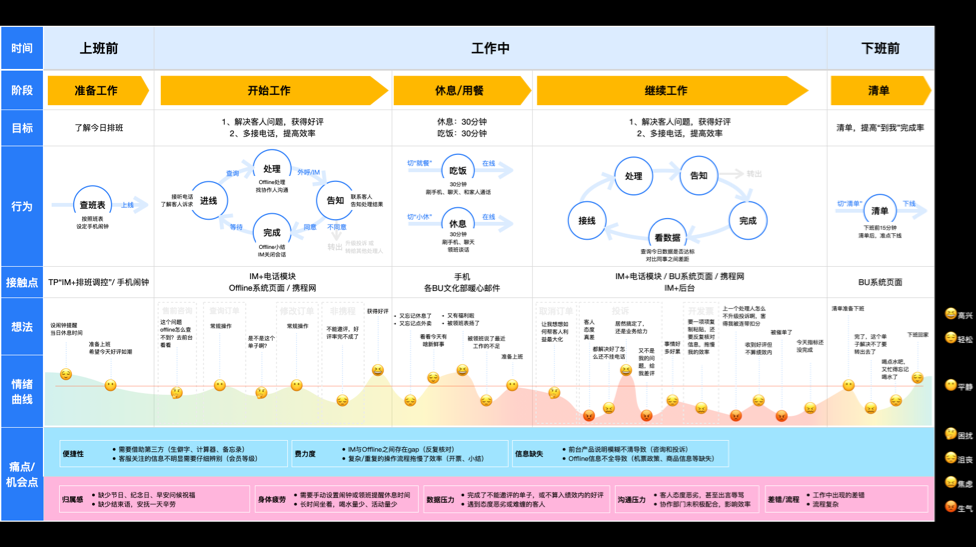-
 Soso Chen
Trip.com Group
Interaction Design Manager
Soso Chen
Trip.com Group
Interaction Design Manager
With more than 20 years of work experience, he currently works for Ctrip as an interaction designer Leader, and has worked for eBay, Ping An Bank, Andcheshare and other companies. The employment industry spans a wide range of comprehensive, and he has worked in large and medium-sized e-commerce platforms, OTAs, mobile Internet, financial product design, automotive industry, etc.
She has long been committed to the study of data and design relevance and application, and has been studying the interactive experience of large-scale business websites at home and abroad for many years. She has given keynote speeches at several large design summits such as IXDC and UXPA and DTALK. She is the author of the book "The Path to User Research and Practice of Interaction Design" and co-authored the IXDC conference book "Building a New Framework for Experience".
Design concept: Data helps you to have a deeper understanding of the existing situation and problems of your own products, dig deeper, and make good use of them, so that you can take a lot less detours in product design. Data is just a means, how to use it to do your product is the most worthy of in-depth investigation.
User Profile Persona Practical Manual
For a product to be successful in the market, it must be able to meet the needs of one or more types of users. The user portrait is born to study this target user group. It involves in-depth analysis of users, including their basic attributes, behavior habits, needs and pain points.
However, many people's understanding of user portraits is limited to providing users with a few labels, such as age, gender, occupation, etc. Although the user classification of this quantitative algorithm can be summarized simply through the data, it can not really reveal the cause and underlying logic of the user group. Exactly why this group is produced, what kind of common logic this group has, and why it has this common nature, what kind of behavior and pain points or cool points the common attribute group will have, is the core of a qualitative user portrait Persona to understand.
In this workshop, the presenter will use real cases (complete cases of car sharing APP) to let everyone understand that the user portrait is not only a simple classification of users, but through in-depth analysis of user attributes and commonalities, to find the motivation, reasons, desires and pain points behind the common behavior. Only in this way can we design products that better meet the needs of users, so as to guide the future direction of our product design.
Course outline
1、What is a user portrait
1.1 Definition of user profile
1.2 Nature of user portraits
1.3 Purpose and significance of user portrait
2、How to make a user portrait
2.1 Preparation Phase
2.2 Analysis stage (three analysis methods)
· Four-quadrant analysis
· Three-dimensional analytical method
· Affinity diagram
2.3 Construction Phase
2.4 Priority ordering
2.5 Perfect Portrait
3、Case analysis: Take "Car sharing App Design Blueprint" as an example
3.1 In-depth analysis of how to complete the Questionnaire Survey on Vehicle Maintenance Habits
4、User portrait practice interaction
4.1 Generate and exchange questionnaires
4.2 Analyze the card after recycling
5、Misunderstanding of user portrait
6、Application of user portrait
1、Theme Background Introduction
2、Workshop content and case explanation
3、Set up the practice section of proposition site
4、Q&A free communication link
5、Summary Review
1、Medium/Senior Interaction Designer
2、Middle/Senior Product Manager
3、Middle/Senior Operations Manager
1、Understand what user profile Persona really is
2、Learn to refine relatively regular questioning and interview techniques
3、Master the method of organizing available user profiles
-
 Case - Vehicle Maintenance Habits
Case - Vehicle Maintenance Habits
-
 User profile needs to calculate similarity rate
User profile needs to calculate similarity rate
-
 User Journey Map
User Journey Map
-
 The output of Profile and the output of Persona
The output of Profile and the output of Persona







